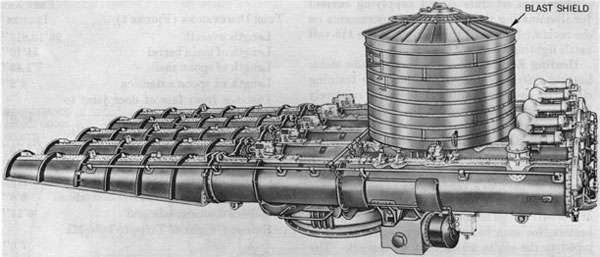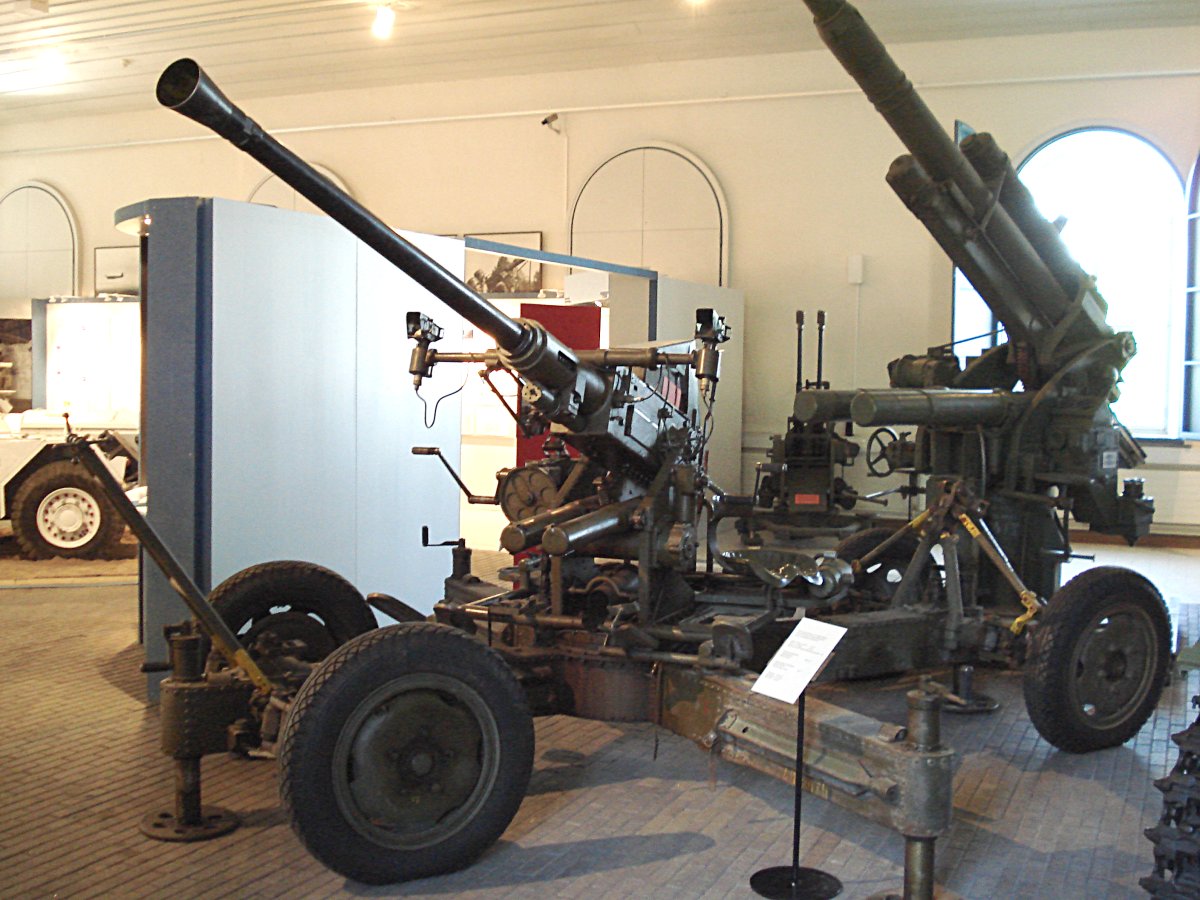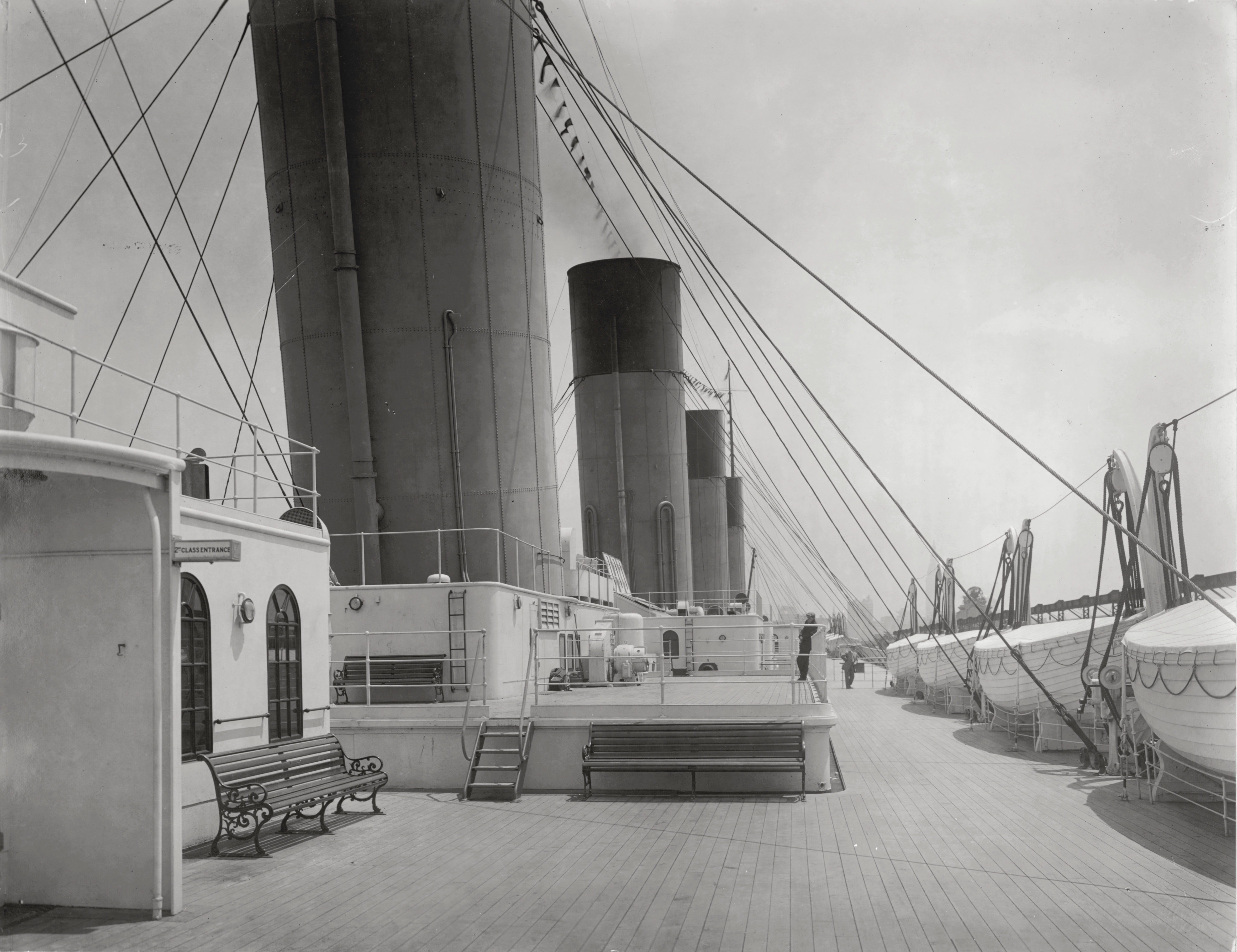|
USS San Diego (CL-53)
The USS ''San Diego'' (CL-53) was an light cruiser of the United States Navy, commissioned just after the US entry into World War II, and active throughout the Pacific theater. Armed with 16 5 in (127 mm)/38 cal DP anti-aircraft guns and 16 Bofors 40 mm AA guns, the ''Atlanta''-class cruisers had one of the heaviest anti-aircraft broadsides of any warship of World War II. ''San Diego'' was one of the most decorated US ships of World War II, being awarded 18 battle stars, and was the first major Allied warship to enter Tokyo Bay after the surrender of Japan. Decommissioned in 1946, the ship was sold for scrapping in December 1960. Construction ''San Diego'' was laid down on 27 March 1940 by Bethlehem Steel in Quincy, Massachusetts, sponsored by Grace Legler Benbough (wife of Percy J. Benbough, then-mayor of San Diego), launched on 26 July 1941, and acquired by the Navy and commissioned on 10 January 1942. The City of San Diego selected U. S. Representative Ed ... [...More Info...] [...Related Items...] OR: [Wikipedia] [Google] [Baidu] |
San Diego, California
San Diego ( , ) is a city on the Pacific coast of Southern California, adjacent to the Mexico–United States border. With a population of over 1.4 million, it is the List of United States cities by population, eighth-most populous city in the United States. San Diego is the county seat, seat of San Diego County. It is known for its mild Mediterranean climate, extensive List of beaches in San Diego County, beaches and List of parks in San Diego, parks, long association with the United States Navy, and recent emergence as a wireless, electronics, List of hospitals in San Diego, healthcare, and biotechnology development center. Historically home to the Kumeyaay people, San Diego has been referred to as the ''Birthplace of California'', as it was the first site visited and settled by Europeans on what is now the West Coast of the United States. In 1542, Juan Rodríguez Cabrillo claimed the area for Spain, forming the basis for the settlement of Alta California, 200 years later. ... [...More Info...] [...Related Items...] OR: [Wikipedia] [Google] [Baidu] |
Mark 15 Torpedo
The Mark 15 torpedo was the standard American destroyer-launched torpedo of World War II. It was very similar in design to the Mark 14 torpedo except that it was longer, heavier, and had greater range and a larger warhead. The Mark 15 was developed by the Naval Torpedo Station Newport, Rhode Island, Newport concurrently with the Mark 14 and was first deployed in 1938. It served as a replacement for the Mark 8 torpedo, Mark 11 torpedo, Mark 11 Torpedo and Mark 12 torpedo, Mark 12 Torpedo on surface ships with tubes that could accommodate the longer Mark 15; this primarily included destroyers built after 1930. Older destroyers, primarily the Wickes-class destroyer, ''Wickes'' and Clemson-class destroyer, ''Clemson'' classes, continued to use the Mark 8, as did PT boats early in World War II. During the war 9,700 were produced at Newport and at the Naval Ordnance Station Forest Park, Illinois. The Mark 15 had the same Mark 14 torpedo#Problems, basic design problems that plagued the ... [...More Info...] [...Related Items...] OR: [Wikipedia] [Google] [Baidu] |
Battle Star
A service star is a miniature bronze or silver five-pointed star in diameter that is authorized to be worn by members of the eight uniformed services of the United States on medals and ribbons to denote an additional award or service period. The service star may also be referred to as a campaign star or battle star depending on which award the star is authorized for and the manner in which the device is used for the award. "Battle star" is also the term used to refer to decorations issued by the United States Navy during World War II and the Korean War to individual ships, recognizing a vessel's participation in a particular battle or operation. Service stars, campaign stars, and battle stars are worn with one point of the star pointing up on the suspension ribbon of a medal or service ribbon. A silver star is worn instead of five bronze stars. A service star is sometimes mistaken for a Bronze Star (Bronze Star Medal) or Silver Star (Silver Star Medal). The service star is a ... [...More Info...] [...Related Items...] OR: [Wikipedia] [Google] [Baidu] |
Volcano And Ryukyu Islands Campaign
The Volcano and Ryūkyū Islands campaign was a series of battles and engagements between Allies of World War II, Allied forces and Imperial Japanese armed forces, Imperial Japanese Forces in the Pacific Ocean theater of World War II, Pacific Ocean campaign of World War II between January and June 1945. The campaign took place in the Bonin Islands, Volcano and Ryukyu Islands, Ryukyu island groups. The two main land battles in the campaign were the Battle of Iwo Jima (16 February to 26 March 1945) and the Battle of Okinawa (1 April to 21 June 1945). One major naval battle occurred, called Operation Ten-Go (7 April 1945) after the operational title given to it by the Japanese. The campaign was part of the Allied Japan campaign intended to provide staging areas for an Operation Downfall, invasion of Japan as well as supporting aerial bombardment and a naval blockade of the Japanese mainland. The dropping of Atomic bombings of Hiroshima and Nagasaki, atomic weapons on two Japanese c ... [...More Info...] [...Related Items...] OR: [Wikipedia] [Google] [Baidu] |
Mariana And Palau Islands Campaign
The Mariana and Palau Islands campaign, also known as Campaign Plan Granite II, was an offensive launched by the United States against Imperial Japanese forces in the Pacific between June and November 1944 during the Pacific War. The campaign consisted of Operation Forager, which captured the Mariana Islands, and Operation Stalemate, which captured Palau. Operation Causeway, an invasion of Japanese-controlled Taiwan, was also planned but not executed. The offensive, under the overall command of Chester W. Nimitz, followed the Gilbert and Marshall Islands campaign and was intended to neutralize Japanese bases in the central Pacific, support the Allied drive to retake the Philippines, and provide bases for a strategic bombing campaign against Japan. The United States assembled a significant combined arms task force to undertake the campaign. The Fifth Fleet was commanded by Admiral Raymond A. Spruance. Task Force 58, commanded by Vice Admiral Marc Mitscher, consisted of ... [...More Info...] [...Related Items...] OR: [Wikipedia] [Google] [Baidu] |
Gilbert And Marshall Islands Campaign
The Gilbert and Marshall Islands campaign was a series of engagements fought from August 1942 to February 1944, in the Pacific War, Pacific theatre of World War II between the United States and Empire of Japan, Japan. They were the first battles of a large-scale offensive across the Central Pacific by the United States Pacific Fleet and United States Marine Corps, Marine Corps. The goal of the campaign was to establish airfields and naval bases that would allow American air and naval assets to support future operations across the Central Pacific. Operation ''Galvanic'' and Operation ''Kourbash'' were the codenames for the Gilbert Islands, Gilberts campaign (in modern Kiribati), and included the seizures of Tarawa and Butaritari, Makin, which took place during the Battle of Tarawa on 20–23 November 1943 and the Battle of Makin on 20–24 November 1943. Operation ''Flintlock'' and Operation ''Catchpole'' had the goal of capturing Japanese bases at Kwajalein Atoll, Kwajalein, Ene ... [...More Info...] [...Related Items...] OR: [Wikipedia] [Google] [Baidu] |
Solomon Islands Campaign
The Solomon Islands campaign was a major military campaign, campaign of the Pacific War during World War II. The campaign began with the Empire of Japan, Japanese seizure of several areas in the British Solomon Islands and Bougainville Island, Bougainville, in the Territory of New Guinea, during the first six months of 1942. Japanese troops subsequently began the construction of several naval and air bases in the area. Japan's initial goals were to protect the flank of their ongoing offensive in New Guinea, establish a security barrier for the major Japanese base at Rabaul on New Britain, and construct bases from which they could interdict supply lines between the Allies of World War II, Allied powers of the United States and Australia and Dominion of New Zealand, New Zealand. In order to defend their communication and supply lines in the Pacific Ocean, South Pacific, the Allies initiated a counteroffensive in New Guinea and counterattacked Japanese forces in the Solomons via lan ... [...More Info...] [...Related Items...] OR: [Wikipedia] [Google] [Baidu] |
Fast Carrier Task Force
The Fast Carrier Task Force (TF 38 when assigned to Third Fleet, TF 58 when assigned to Fifth Fleet) was a group of ships in World War II. It was the main striking force of the United States Navy in the Pacific War from January 1944 through the end of the war in September 1945. The task force was made up of several separate task groups, each typically built around three to four aircraft carriers and their supporting vessels. The support vessels were screening destroyers, cruisers, and the newly built fast battleships. Carrier-based naval warfare With the arrival of the fleet carriers the primary striking power of the navy was no longer in its battleship force, but with the aircraft that could be brought to battle by the carriers. The means by which the US Navy operated these carriers was developed principally by Admiral Marc Mitscher. Mitscher determined that the best defense for a carrier was its own air groups, and that carriers were more easily defended if they operated t ... [...More Info...] [...Related Items...] OR: [Wikipedia] [Google] [Baidu] |
Bofors 40 Mm Automatic Gun L/60
The Bofors 40 mm Automatic Gun L/60 (often referred to simply as the "Bofors 40 mm gun", the "Bofors gun" and the like, see #Name, name) is an Anti-aircraft warfare, anti-aircraft autocannon, designed in the 1930s by the Swedish arms manufacturer AB Bofors. The gun was designed as an intermediate anti-aircraft gun, filling the gap between fast firing close-range small calibre anti-aircraft guns and slower firing long-range high calibre anti-aircraft guns. For its time, the Bofors 40 mm L/60 was perfectly suited for this role and outperformed competing designs in the years leading up to World War II in both effectiveness and reliability. It entered the export market around 1932 and was in service with 18 countries by 1939. Throughout World War II it became one of the most popular and widespread medium-weight anti-aircraft guns. It was used by the majority of the western Allies of World War II, Allies and some Axis powers such as Nazi Germany and Hungary. In the po ... [...More Info...] [...Related Items...] OR: [Wikipedia] [Google] [Baidu] |
Conning Tower
A conning tower is a raised platform on a ship or submarine, often armoured, from which an officer in charge can conn (nautical), conn (conduct or control) the vessel, controlling movements of the ship by giving orders to those responsible for the ship's engine, rudder, lines, and ground tackle. It is usually located as high on the ship as is practical, to give the conning team good visibility of the entirety of the ship, ocean conditions, and other vessels. The naval term "conn" may derive from the Middle English ''conne'' (study, become acquainted with) or French ''conduire'' from Latin ''conducere'' (conduct). Surface ships On surface ships, the conning tower was a feature of all battleships and armored cruiser, armoured cruisers from about 1860 to the early years of World War II. Located at the front end of the superstructure, the conning tower was a heavily armored cylinder, with tiny slit windows on three sides providing a reasonable field of view. Designed to shield j ... [...More Info...] [...Related Items...] OR: [Wikipedia] [Google] [Baidu] |
Gun Turret
A gun turret (or simply turret) is a mounting platform from which weapons can be fired that affords protection, visibility and ability to turn and aim. A modern gun turret is generally a rotatable weapon mount that houses the crew or mechanism of a projectile-firing weapon and at the same time lets the weapon be aimed and fired in some degree of azimuth and elevation (cone of fire). Description Rotating gun turrets protect the weapon and its crew as they rotate. When this meaning of the word "turret" started being used at the beginning of the 1860s, turrets were normally cylindrical. Barbettes were an alternative to turrets; with a barbette the protection was fixed, and the weapon and crew were on a rotating platform inside the barbette. In the 1890s, armoured hoods (also known as "gun houses") were added to barbettes; these rotated with the platform (hence the term "hooded barbette"). By the early 20th century, these hoods were known as turrets. Modern warships have gun-m ... [...More Info...] [...Related Items...] OR: [Wikipedia] [Google] [Baidu] |
Deck (ship)
A deck is a permanent covering over a Compartment (ship), compartment or a hull (watercraft), hull of a ship. On a boat or ship, the primary or upper deck is the horizontal structure that forms the "roof" of the hull, strengthening it and serving as the primary working surface. Vessels often have more than one level both within the hull and in the superstructure above the primary deck, similar to the floors of a multi-storey building, that are also referred to as decks, as are certain compartments and decks built over specific areas of the superstructure. Decks for some purposes have specific names. Structure The main purpose of the upper or primary deck is structural, and only secondarily to provide weather-tightness and support people and equipment. The deck serves as the lid to the complex box girder which can be identified as the hull. It resists Tension (physics), tension, Compression (physics), compression, and racking forces. The deck's scantling is usually the same as t ... [...More Info...] [...Related Items...] OR: [Wikipedia] [Google] [Baidu] |







